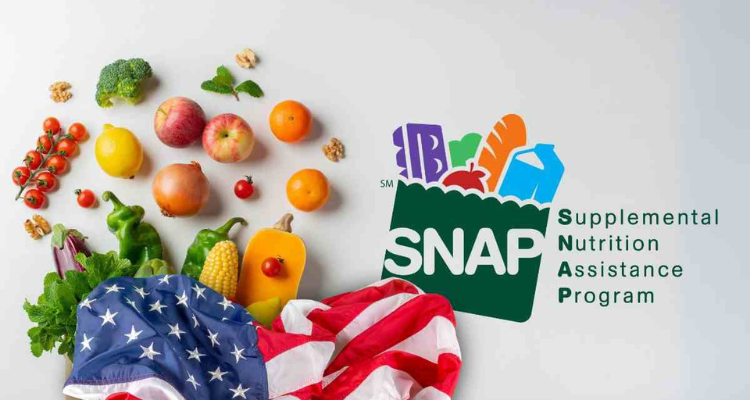SNAP recipients and applicants should be aware of the changes the USDA has announced for the SNAP program
The USDA (United States Department of Agriculture) and the Food and Nutrition Service are continually improving the SNAP or Food Stamp program in the U.S. Thus, recipients can receive better service and updated amounts.
For example, high inflation impacts the purchasing power of SNAP recipients. As food prices increase, they are able to purchase fewer products. USDA reviews inflation levels and adjusts maximum payment amounts using the COLA. The next COLA increase for 2025 in the 48 contiguous states is scheduled for October 1, 2024.
Cost-of-Living Adjustment for SNAP Benefits in 2025
Although the new year has not yet begun, SNAP recipients will see an increase in their maximum amounts. However, there is one state where SNAP maximum amounts will be reduced.
For the second year in a row, Hawaii will receive less money in maximum amounts. Meanwhile, Alaska, Guam and the U.S. Virgin Islands will experience increases in their benefits. This is because these places face higher inflation and therefore have higher maximum SNAP payment amounts. Here are the new maximum amounts as of October 1, 2024:
Household size and maximum amounts in the 48 contiguous states and DC
1 person = $292
2 persons = $536
3 persons = $768
4 people = $975
5 people = $1,158
6 people = $1,390
7 people = $1,536
8 people = $1,756
For each additional member: $220
Each year, the USDA adjusts SNAP benefits, deductions, and income limits based on the cost of living. In 2024, most states saw an increase in benefits. In 2023, the Social Security Administration increased benefits by 8.7%. This increase, which was significant for many, impacts households receiving SNAP. Since Social Security is a major source of income for these households, the increase in these benefits leads to a decrease in the assistance they get from SNAP.
The Fiscal Responsibility Act, signed into law in June 2023, is changing the eligibility criteria for SNAP. It raises the age limit for able-bodied adults without dependents (ABAWDs) who are subject to work requirements from 50 to 54 during the 2023-2024 period. It also introduces more exemptions.
